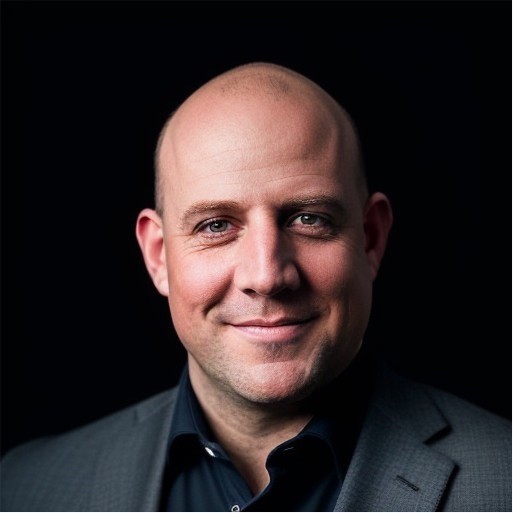In a recent conversation with Tyler, he half-jokingly asked why it seems like every department—even housekeeping—gets more face time with the board than the superintendent. It made me pause. Beneath the humor was a serious point worth considering.
A distinguishing factor about private clubs is that they really care about their image. That is what makes them who they are, how they stay private. It’s in each Club’s DNA – what sets them apart from the others. Exclusivity is important to private club members. They allow other people to become members when those people fit the Club’s image, which in turn is aligned with their own personal brand.
Clubhouse staff are well aware of what their club’s image is, whether that is beachy-chic, buttoned-up, or family friendly. The staff within the clubhouse (including the servers, bartenders and housekeeping staff) are trained on who the club members are, how they want to be addressed, what behavior they expect from each other and the staff.
On the other hand, superintendents are not trained on these nuances. Superintendents historically do not spend time in the clubhouse. They are not trained to have a hospitality mindset, do not dress in suit jackets and dress pants, and they don’t interact with members regularly since they are not a revenue generating department.
The good news? It’s all about perception and presentation! Superintendents are capable of changing the way they are seen by the members, and developing more relationships within the club easily with a few simple steps.
- Be seen in the Clubhouse: Visit the Clubhouse regularly, drop by to see the GM, AGM, HR, Finance, F&B, etc. Build those relationships. Say hello to the members you see when walking through.
- Dress the Part: Every club is structured differently, but if there is a committee meeting or presentation, dress professionally. Invest in a couple pieces of good quality, well-fitting items to wear for these times.
- Know the Business: Be able to speak to not only the grounds department’s budget, but the entirety of the business. Understand the membership dues structure, F&B cost vs revenue strategies, long term strategic plans, etc.
- Practice presentation skills: There will be a time that the finance committee wants to know if it makes more sense to buy or lease a piece of equipment, if there will be a master plan to vote on, or if a town hall will be called for the membership to listen to status updates on a golf course project. It is important to be able to stand in front of the membership and confidently speak (while of course dressing the part and making eye contact).
- Be in the Room: When there is a meeting that is relevant to the golf course, ask to be in the room. Or, depending on the culture of the club, just show up. When you are in the room, most people will assume you have a reason to be and that you belong there.
Perception is vital, and that extends beyond the clubhouse walls. For superintendents, bridging the gap between course management and member engagement is essential. Stepping up their professionalism, hospitality, and a deep understanding of the broader club business, superintendents can elevate their visibility, build stronger relationships with members and leadership, and reinforce their vital role in the club’s success.
Remember, it’s not about changing who you are, it’s about presenting the full value you bring to the club, confidently and consistently.
Are you ready to build a top-performing team that drives results? Our proven framework, methodologies, and implementation is based on our personal track record of developing world-class teams. In addition to talent acquisition, we provide leadership development and ongoing consultative services for the golf course and club industry. Our team has personally coached and mentored dozens of future golf course superintendents across the United States.




